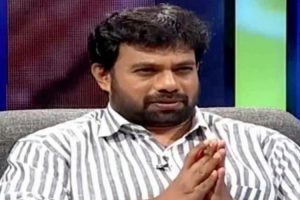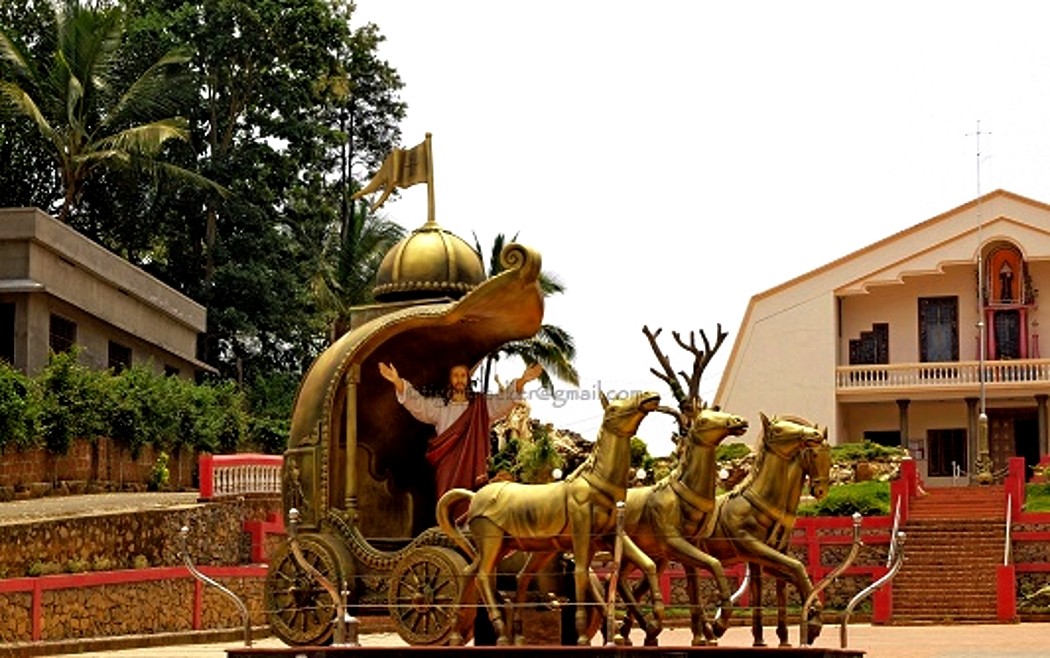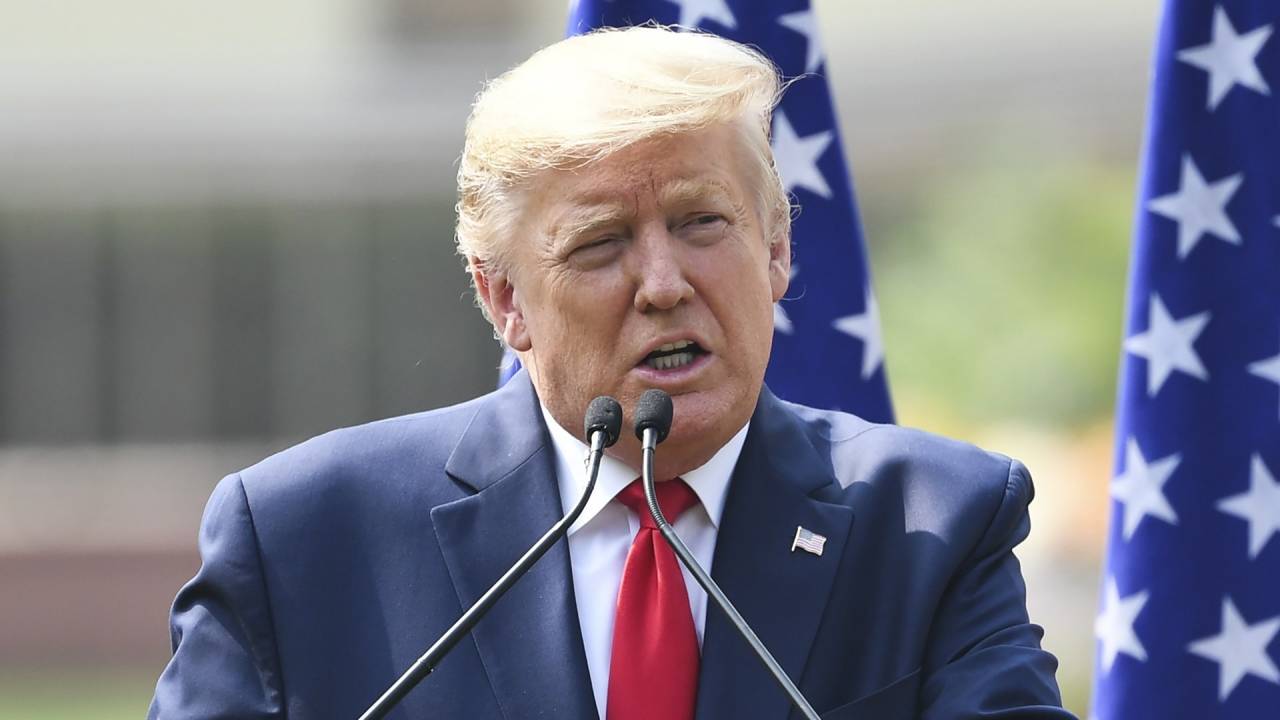In the previous article titled, Digging into the past: Divisive and sectarian politics in Tamil Nadu, we discussed how Archaeology is being harnessed to manufacture new theories to establish that today’s Hinduism in South India is the byproduct of Gnosticism (brought in to India by Romans and St Thomas) and its interactions with the “inferior local culture and religions”. The motive behind the whole exercise is to digest the local culture and convert South India into a global Christian hub after Rome. In this project, the Church sees in the Communists a partner who shares many commonalities in means and ends. Both the Communists and Church want total destruction of the Indian culture and traditions for achieving their ends. Systematic destruction of local traditions and culture by Communists in China paved the way for proliferation of Christianity in that country. Today, Christianity is the fastest growing religion in China. (https://www.inkstonenews.com/china/christianity-protestant-church/article/2133812) “Old cultural traditions have been obliterated by communism; Christianity provides a compelling and compassionate alternative to the hollowness of the regime’s materialism; and unlike Europe, which has largely rejected its Christian heritage in a decades-long spasm of anti-clericalism, “Christianity” in China rings up “modern” and “humane,” rather than “pre-modern” and “inhumane.” http://www.christianitytoday.com/edstetzer/2016/january/weekend-edition-january-29-2016.html
An effort to replicate the Liberation Theology, successfully experimented in the Latin American countries, is underway and the script for this was written way back in 1970s. In the Frontline Years, an anthology of his columns published in the Frontline magazine, EMS Namboodiripad writes: “Such a movement (Liberation Theology) created by devout Christians is yet to develop in India. There are, however, clear signs that it is taking shape in this country as well. An example of this is provided by the doctoral thesis submitted by KA Paulson who later became Bishop Poulose Mar Poulose of a denomination of non-Catholic Christians in Kerala. He was a student in the University of Berkeley, California, working for a doctorate in theology and submitted his thesis in October 1975….A study of the thesis makes it clear that Liberation Theology is coming into India – to Kerala, to be specific.”
EMS further writes: “While the Marxist should respect the sincerely-held faith of the Christians in God and Jesus Christ, devout Christians should respect the philosophical convictions of the Marxists; with this as basis, they both can proceed to get into dialogue on the practical questions of how to serve man (sic).” (pages 47 & 51)
Crusade against Sabarimala

Like evangelicals, EMS, too. believed that the Ayyappa cult that preaches universal humanism poses a great threat to the Communist ideology. “In reality, to believe that the belief systems represented by Ayyappa can be defeated without rallying the public against the physical circumstances that create thousands of Ayyappa devotees is a sort of utopianism,” writes EMS Namboodiripad in Atmav, Daivam, Matham (page 47: published in 1983 Chinta Publishers).
The Communist onslaught on Sabarimala should also be seen in this backdrop. It is a known fact that the Sabarimala temple has been a target of the Church. Destruction of Sabarimala and the Ayyappa cult which holds sway across all South Indian states is crucial for evangelicals. There are about 100 churches surrounding Sabarimala or on key points on the way to the shrine. The temple was burnt down in 1952 by some Christians, according to a commission report which is yet to see the light of the day. In the 1980s, a temple in Nilakkal, a key point in the Sabarimala pilgrimage, was destroyed and a cross was planted inside the temple. The cross was removed after public outrage. The concerted effort to rake up volatile Mullapperiyar dam issue religiously during every Sabarimala Mandala season by parties close to the Church is feared to be an attempt to disrupt the pilgrimage and scare Tamils who form a major chunk of devotees to the shrine. Inculturation through newly ‘minted’ myths and widening faultlines in Hinduism, holding one community against the other through false narratives of victimhood are some of the strategies adopted by the Leftists and anti-Hindu forces to destroy Sabarimala. These fabricated myths are then given legitimacy and publicity through the Left-liberal media. (https://indianexpress.com/article/india/when-a-hindu-deity-muslim-christian-friendships-set-a-pilgrim-tradition-in-kerala-5485422/)
Pinarayi Vijayan’s aggressive push for young women’s entry into Sabarimala by destroying the age-old traditions is aimed at converting the pilgrimage centre to a tourist destination. The move will also serve the business interests of the certain Christian groups. A proposed airport at Erumeli, likely to come up on land owned by an evangelical group, is part of this grand plan. Certain traditions in Sabarimala stand in the way of developing this region as a tourist spot and making the proposed airport a viable project. The temple, which now opens only in the Mandala season, should remain open 365 days if it should see regular inflow of pilgrims thereby making the airport a profitable proposition. (https://bangaloremirror.indiatimes.com/news/india/let-sabarimala-be-open-for-365-days-kerala-cm/articleshow/53762193.cms)
Although it may seem that Pinarayi Vijayan-led Left Front government has burnt its fingers while dealing with the Sabarimala issue given the public outrage, the adverse impact on the party may be temporary, as the Left had succeeded in sowing seeds of further disintegration of Hindu society, which is fasting becoming a minority in the state. An analyst — who predicted bleak future for Hinduism in Kerala in the face of diminishing political and economic clout — said the Hindus are in the grip of ‘Stockholm Syndrome’. The CPI(M) will aggressively pursue its ‘divide Hindu’ strategy, as it will start giving them political dividends in the near future. In the wake of surge in BJP’s vote share in a previous election, a Left intellectual said the only way to keep the Left afloat is “to divide Hindus and attract a section of minorities”. The CPI(M) believes that its stand on Sabarimala has struck a chord with a section of minorities. “The Party is confident that the ideological battle on this issue (Sabarimala) will provide new opportunities for the Party and the Left to reach newer sections. The present challenges will provide new opportunities for the Left to advance,” writes S Ramachandran Pillai of CPI(M) in its mouthpiece Peoples Democracy.
(Completed)
PS: In the first part of the article, inputs from a historian/archaeologist (who wanted to remain anonymous) were also taken.
Also read:
https://indusscrolls.com/wp-admin/post.php?post=8200&action=edit


















Discussion about this post